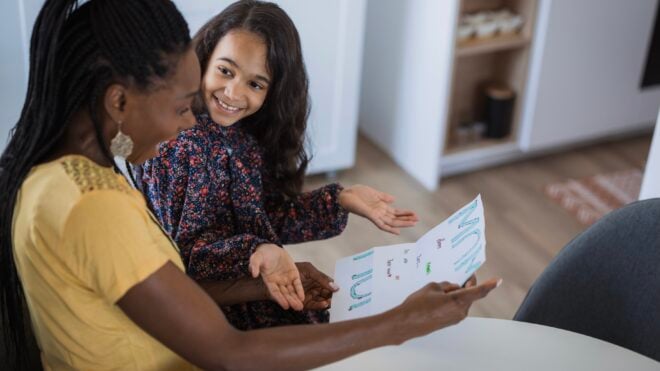Modern Family

Interracial marriage is on the rise, studies have shown, and more U.S. parents are adopting children from other countries. So it's not surprising to often see families composed of different races, ethnicities and cultures. This can result in a parenting experience that may be different from what the adults in these households experienced in their own childhoods.
The New Normal

While multicultural families will no doubt celebrate their love together, Adam Pertman, executive director of the Evan B. Donaldson Adoption Institute and author of "Adoption Nation," says it's also important to treat a home's diversity as a normal part of everyday life. He says to think about it this way: If you're a white woman and "you marry someone who's a different race or ethnicity. Are you a white family who happens to have a husband who's black? No, you're a multiracial family who integrates your family as you see fit."
Consider Your Surroundings

Parents of multicultural families — particularly those who are adopting children of different races than their own — should look to live in neighborhoods (or at least have the children go to schools) that accept a broader definition of "family," says Heather Dalmage, director of the Mansfield Institute for Social Justice and Transformation and author of "Tripping on the Color Line: Black-White Multiracial Families in a Racially Divided World." Look for neighborhoods and schools that demonstrate acceptance and warmth, while offering "a place for everyone in the family," she says.
RELATED: Merging Families Over the Holidays
The R-Word

Both Pertman and Dalmage say that frank conversations about racism during routine family discussions, particularly as children get older, prepare everyone for the outside world. "We just talk about racism all the time," says Dalmage, who is white and married to an African-American man. "It's also important to have [the kids] around other mixed kids" at school or in extracurricular activities.
Learn As You Go

Parenting is just as much learning as it is teaching. Pertman says that parents raising multicultural families will soon realize that some bonding rituals — such as a white mother styling her African-American daughter's hair — are not as intuitive as they would be in other homes. It's important to learn these things together.
Lead By Example

It's common for parents in multicultural families to introduce their kids to other youngsters in similar situations, but Pertman says it's also important for adults to find friends their age who are of different races, religions and backgrounds. This sends children a message about diversity and acceptance.
Home Is Where the Art Is

Multiculturalism can also be shown around the home, says Pertman, as artwork on the walls or on the coffee table, in the style of furniture, books and even the DVD and music collections or TV programs you watch as a family. These are all opportunities to offer a well-rounded view of religious, ethnic and socio-economic ideas.
Role Models

Pertman says it's also important for children to see and learn about strong adult role models who look like them or share a similar background — be it the names found in the history books, like Martin Luther King, Jr., or successful co-workers and community members who can teach by example.
Cultural Cuisine

Take your children to restaurants that serve the foods of their heritage, says Pertman. This will not only give them a chance to see more people who look like them, but it will also teach them about their ancestry. The family can learn to cook these dishes at home and talk about the dish — especially if it has particular cultural significance (such as it's made for certain holidays or celebrations).
RELATED: Take Fantastic Photos




